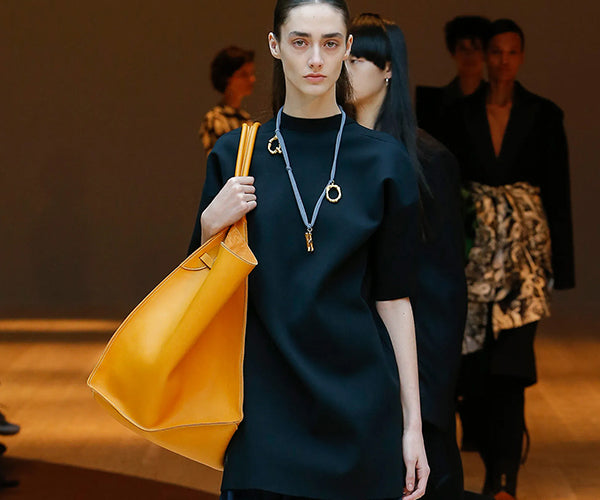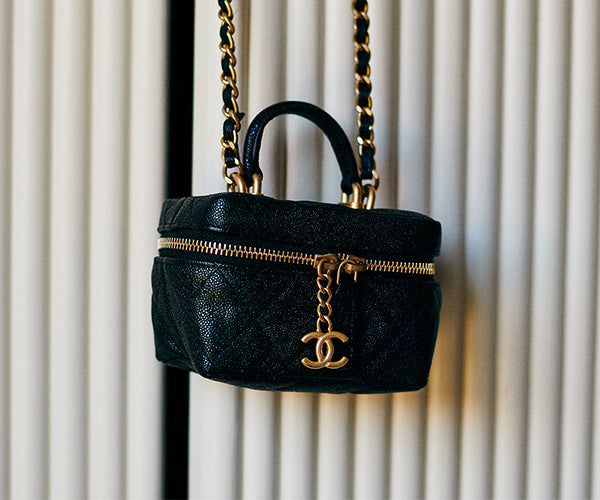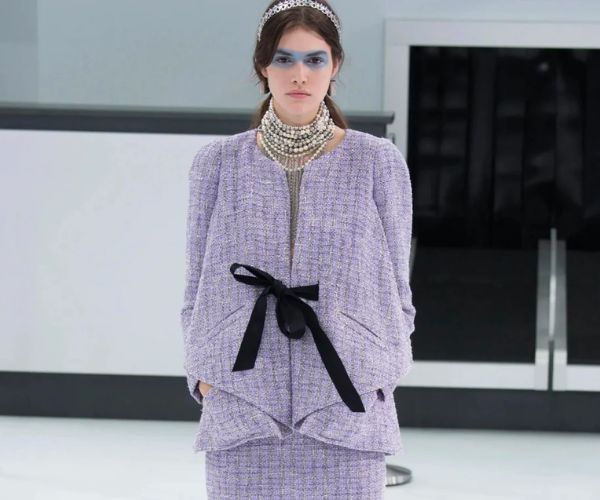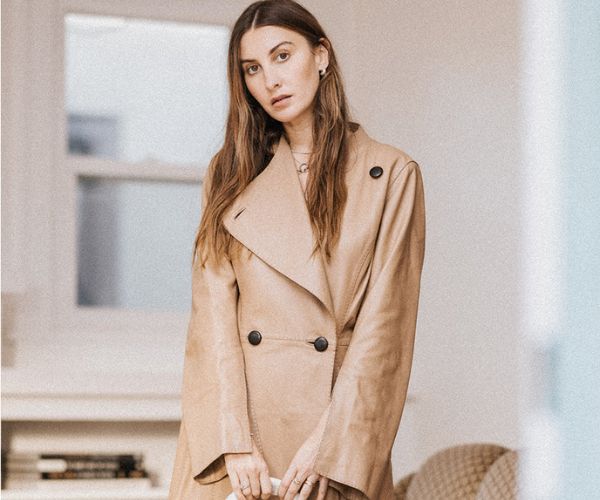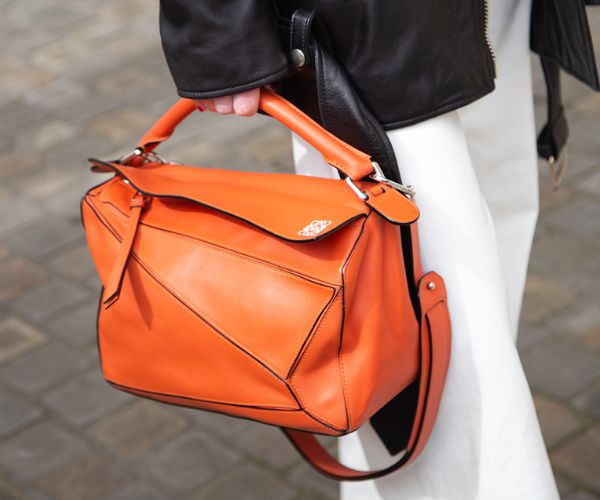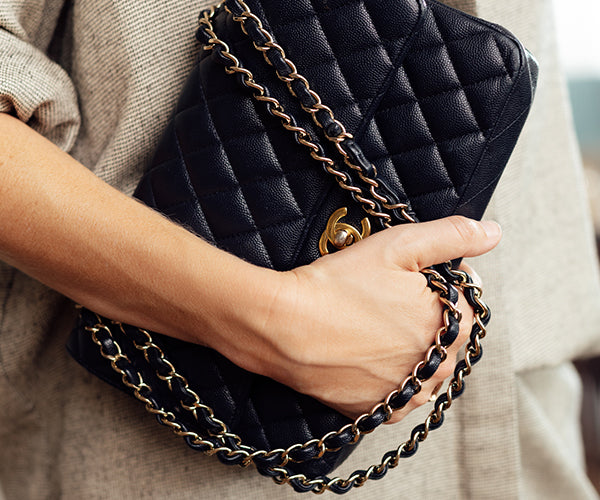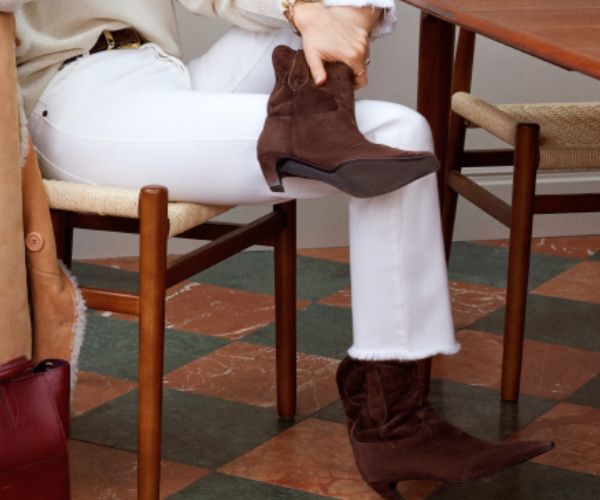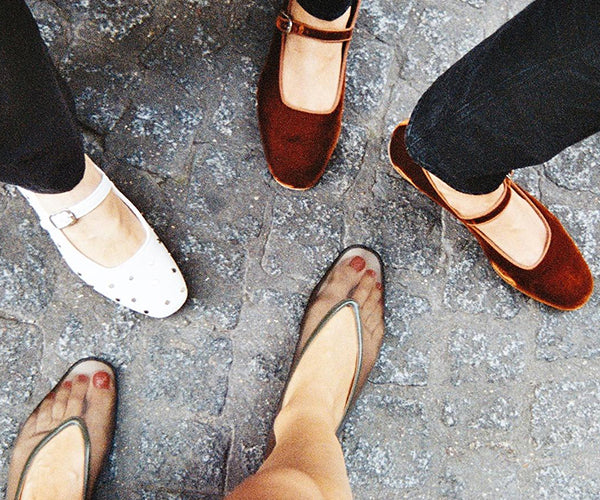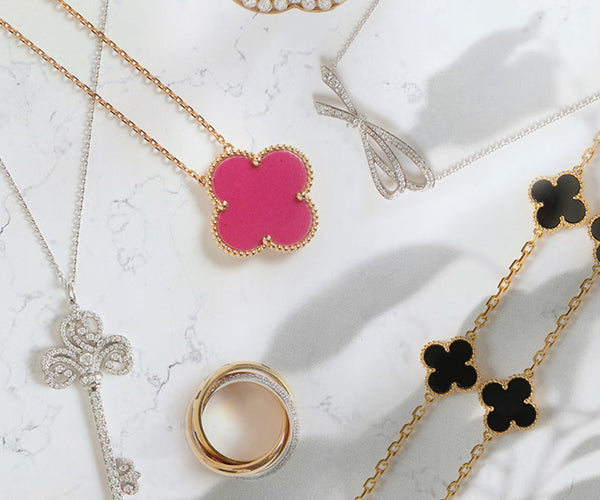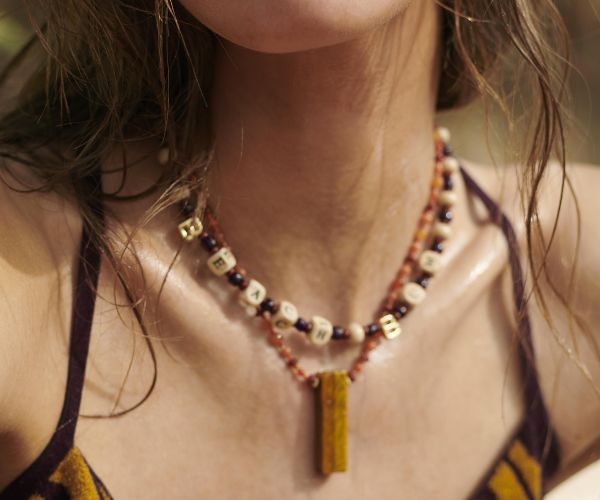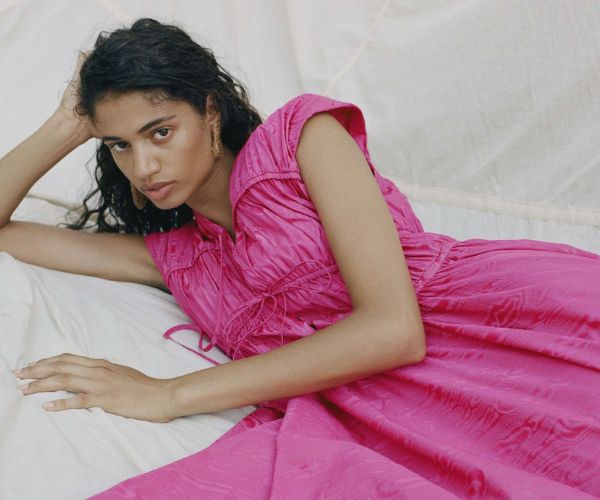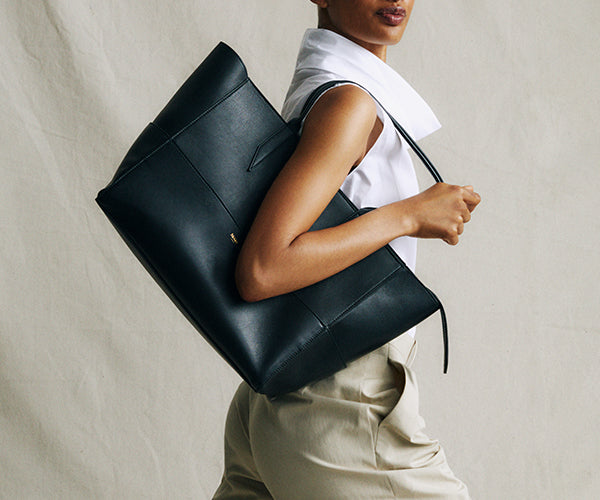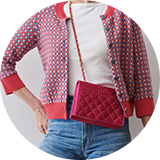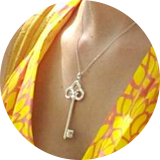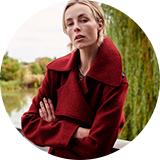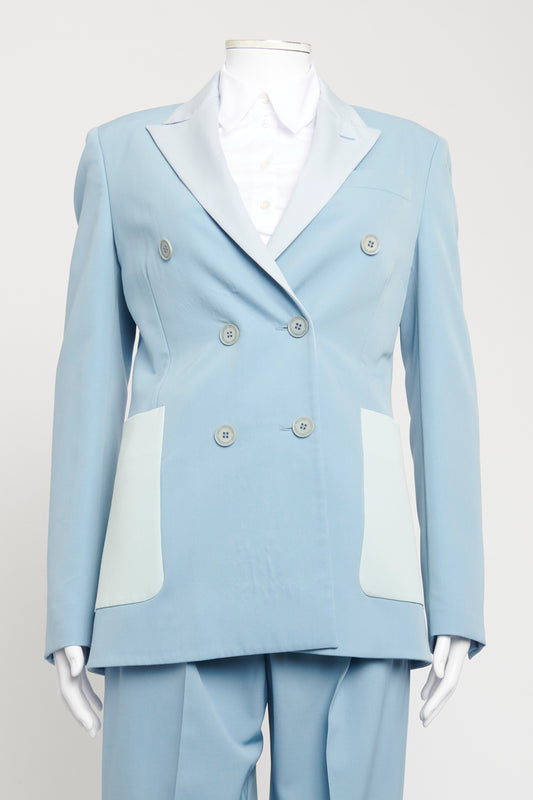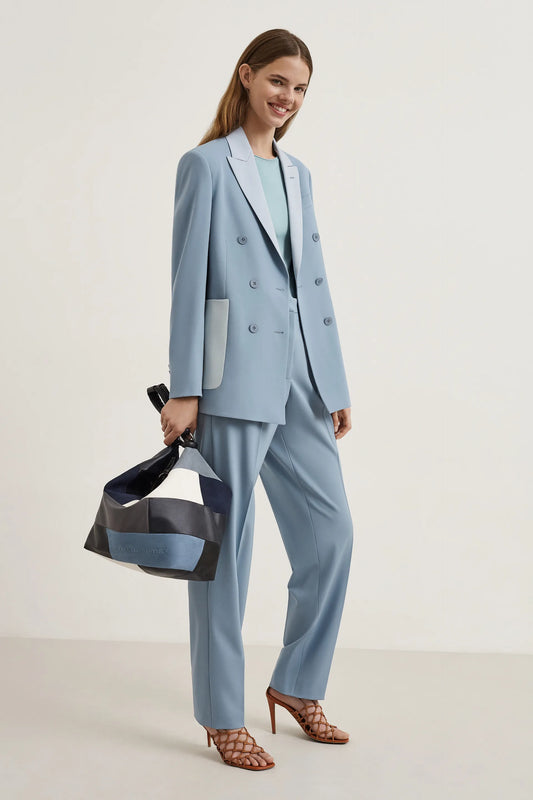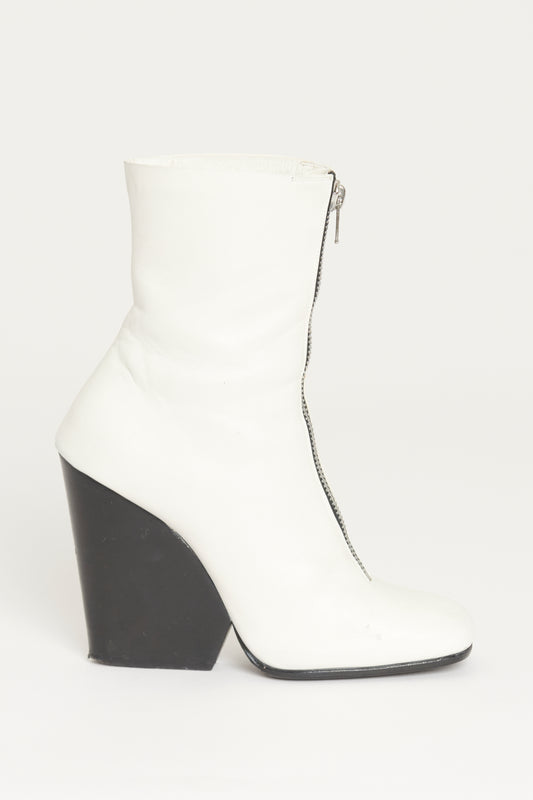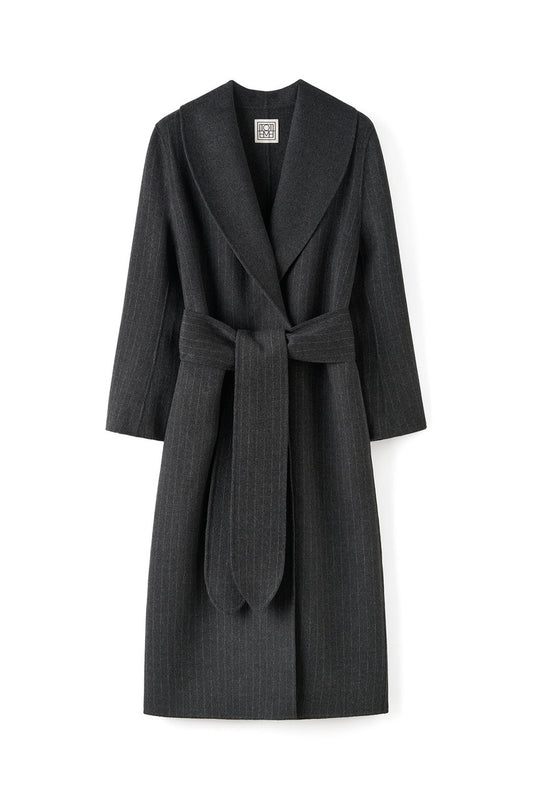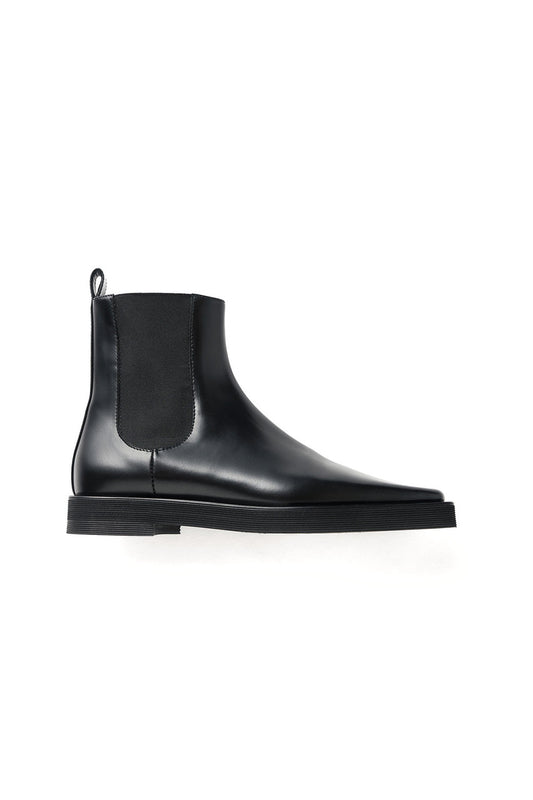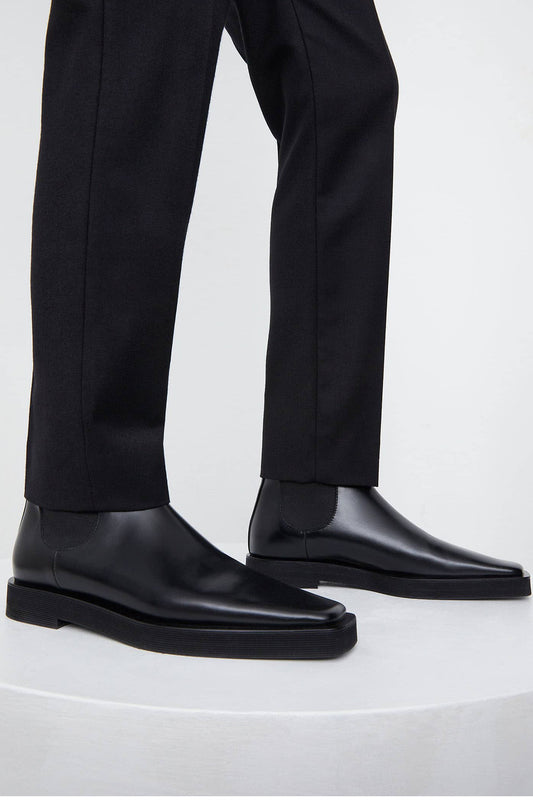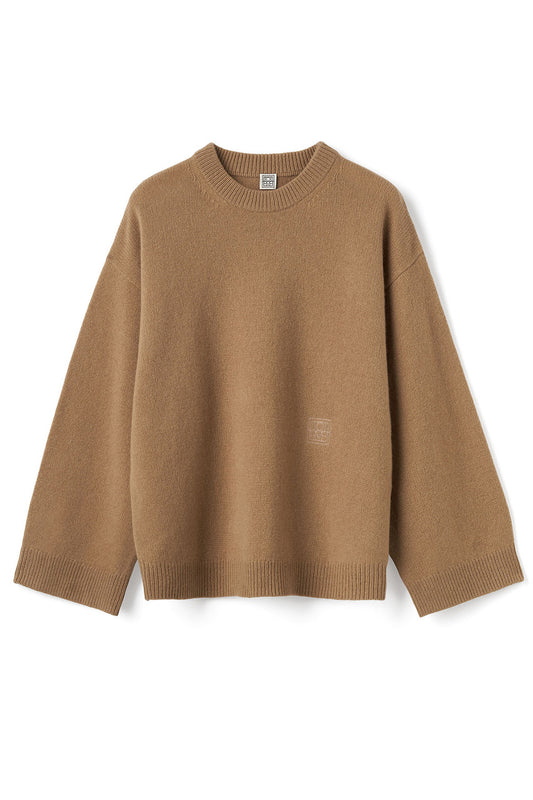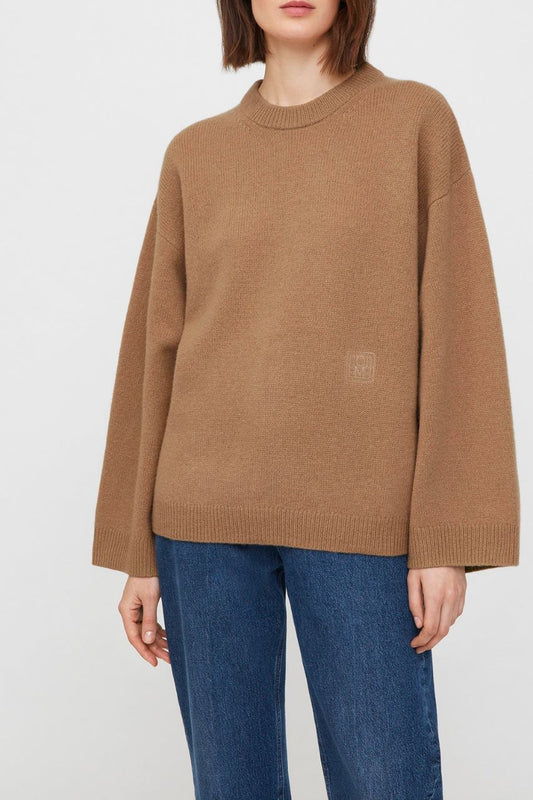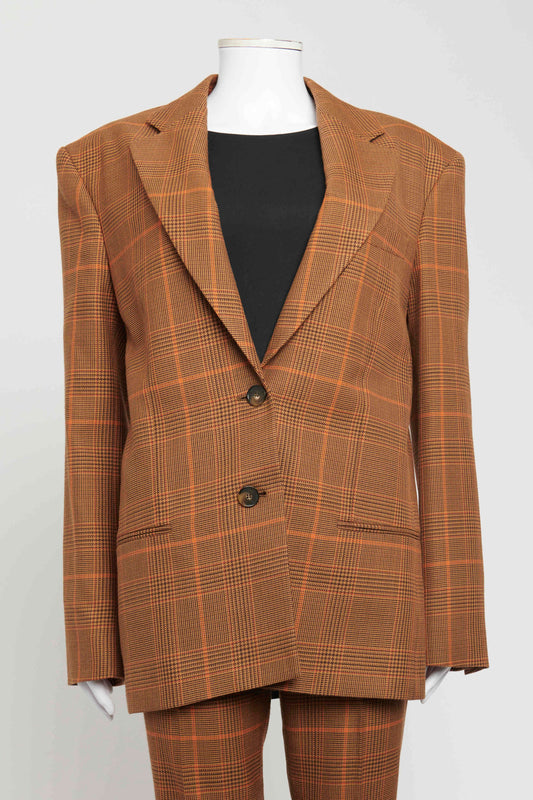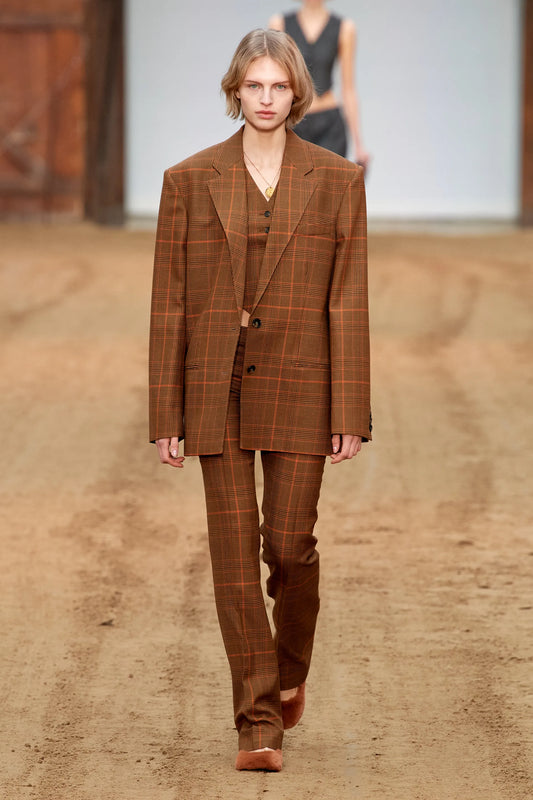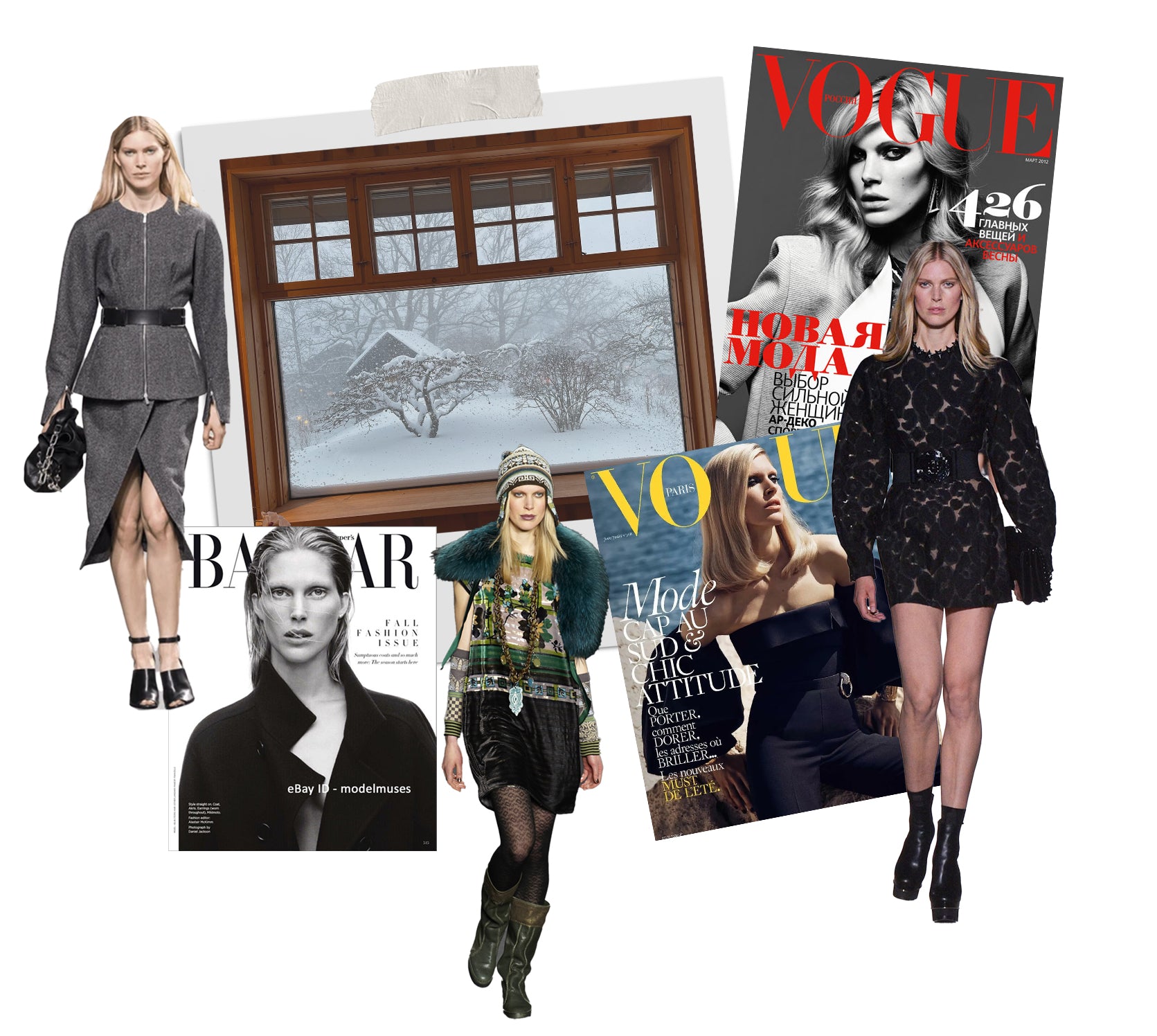
‘I almost grew up in fashion, so it's hard for me to imagine what I would have thought about clothes if I didn't. I probably pay much more attention to detail, like what's a good seam.’ The Norwegian supermodel Iselin Steiro, 38 (over two decades in the business working with photographers from Steven Meisel to David Sims qualifies as super in our books) is dressed comfortably, her blonde hair casually pulled back, beautifully framed on my computer screen via Zoom. She is at home in Oslo. Her children, aged 9 and 4 and a half are elsewhere in the house. Occasionally she calls out to them to let them know she won’t be too long. It’s early evening and there’s dinner to prepare. But she is also happy to sit and chat, immediately friendly, open and engaged.
‘I like being in front of the camera,’ she says. ‘I like this wordless communication with the photographer, that we're figuring this out, in the moment.’ Late in her career, she says, she has even started to enjoy fashion shows, something of a celebrity on the runways of fashion houses like Balenciaga. But making fashion images is something she has perfected over the years. ‘ I really like this, yeah, this dance with a photographer, creating the character and then making the picture and seeing it as a story.’
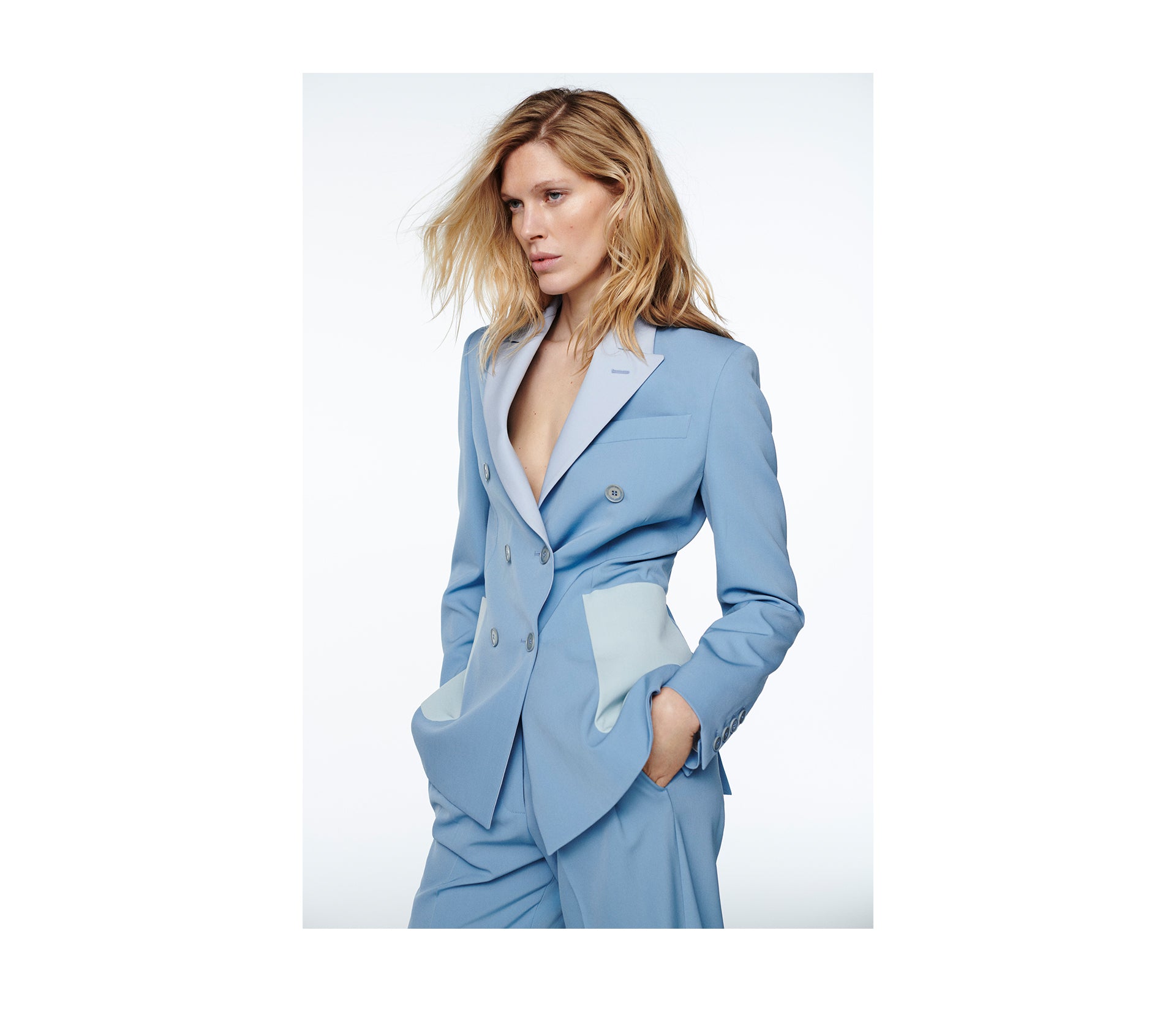
-
Vendor:Balenciaga
2005 Navy Silk Preowned Military Button Knitted Top (M)
Regular price £230.00Regular priceUnit price / per -
Vendor:Balenciaga
2000's Blue Silk Preowned Wide Leg Trousers (M)
Regular price £200.00Regular priceUnit price / per
-
Vendor:Stella McCartney
2020 Blue Wool Blend Preowned Double Breasted Suit (XS)
Regular price £300.00Regular priceUnit price / per -
Vendor:Celine
White Zip Front Preowned Boots (UK6)
Regular price £290.00Regular priceUnit price / per
-
Vendor:Balenciaga
2005 Navy Silk Preowned Military Button Knitted Top (M)
Regular price £230.00Regular priceUnit price / per -
Vendor:Balenciaga
2000's Blue Silk Preowned Wide Leg Trousers (M)
Regular price £200.00Regular priceUnit price / per
-
Vendor:Stella McCartney
2020 Blue Wool Blend Preowned Double Breasted Suit (XS)
Regular price £300.00Regular priceUnit price / per -
Vendor:Celine
White Zip Front Preowned Boots (UK6)
Regular price £290.00Regular priceUnit price / per
Iselin is good at her job. She says she gets booked not because she has a massive celebrity following on Instagram (she doesn’t). But she has experience and long standing relationships with photographers like David Sims who can rely on her. ‘I guess professionality is something that I have at this point,’ she says, ‘being able to get it kind of fast. Okay, what's this job about? And how should I react to this?’ Then she laughs. ‘I think if I had not maintained the instrument - if I didn't look okay for my age - I don't think that this would have worked out because let's face it, that's what it is.’
How does she ‘maintain the instrument,’ I ask. ‘Nothing crazy. I'm against all of these injections. I don't do that. I do go to the hairdresser. You know, basics.’ She tries to exercise three times a week, pilates, yoga and in the summer a run once a week. ‘In the winter I do cross country skiing instead of running.’
Iselin was scouted at the tender age of 14 while she was Christmas shopping with her parents in London back in 1999. Her first shoot was for a Japanese publication - they were so captivated by her look they travelled to Norway to photograph her - and by 2003 she was walking for Calvin Klein shows in New York. She has been a regular fixture with photographers including Mario Sorrenti and David Sims for the pages of Vogue, i-D, T Magazine, and countless luxury fashion houses from Valentino to Chanel for the best part of two decades. No wonder she knows a quality seam when she sees one.
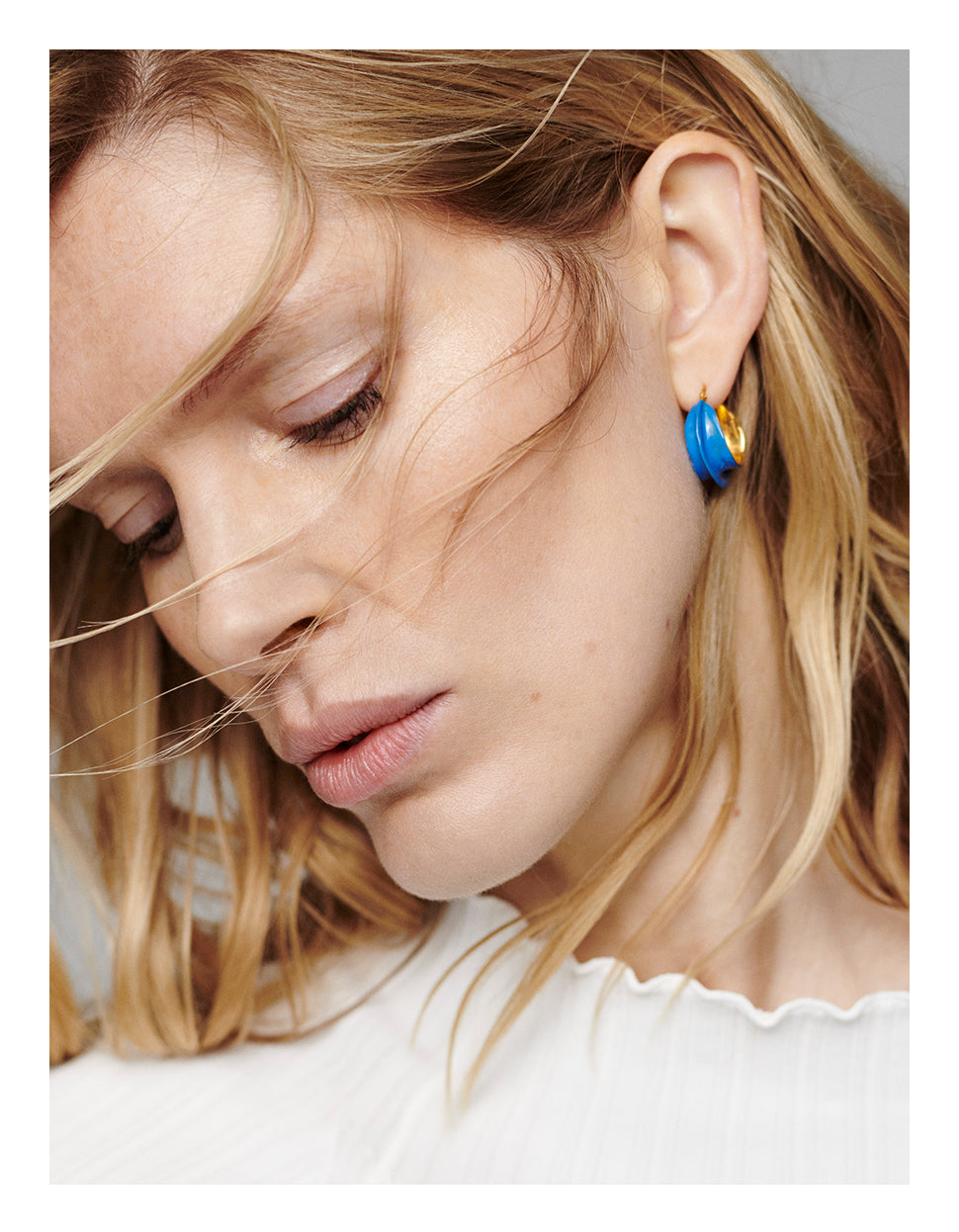

-
Vendor:Khaite
White Viscose Blend Preowned Fringed The Cedar Maxi Dress (M)
Regular price £475.00Regular priceUnit price / per -
Vendor:Celine
Bicolour Leather Preowned Cabas Tote Bag
Regular price £600.00Regular priceUnit price / per
-
Vendor:Celine
2018 Phoebe Gold-Tone Metal Preowned Small Enamel Twist Hoops
Regular price £275.00Regular priceUnit price / per -
Vendor:The Row
Burgundy and Black Thong Preowned Platform Sandals (UK6.5)
Regular price £200.00Regular priceUnit price / per
-
Vendor:Khaite
White Viscose Blend Preowned Fringed The Cedar Maxi Dress (M)
Regular price £475.00Regular priceUnit price / per -
Vendor:Celine
Bicolour Leather Preowned Cabas Tote Bag
Regular price £600.00Regular priceUnit price / per
-
Vendor:Celine
2018 Phoebe Gold-Tone Metal Preowned Small Enamel Twist Hoops
Regular price £275.00Regular priceUnit price / per -
Vendor:The Row
Burgundy and Black Thong Preowned Platform Sandals (UK6.5)
Regular price £200.00Regular priceUnit price / per
But this is only half of her story. Alongside her international modelling career, Iselin has another life back in Oslo as an architect. ‘I never really opened up so much about the modelling job at architecture school,’ she says. But after she met her husband in Oslo in her early 20s (he was at medicine school and now works as an actor and a GP; this is a couple set on following all of their passions) she enrolled at architecture school there. ‘I came back to this base where no one knows about my modelling, and all my friends are normal. I kept the worlds very separate.’ But recently, Iselin says, she has become ‘interested in making those two worlds meet.’ Like fashion, architecture is about culture, time and heritage.
She had a short break from modelling in the mid 200s0s, when she realised being pushed from show to show wasn’t making her happy. ‘I was overwhelmed,’ she says, ‘ It took off very fast for me. And then I was working all the time and I was kind of too young to say no to things and so I felt like my boundaries were being trespassed. Nothing like ‘Me Too’, nothing serious, but just that I didn't have control of my own life.’
Ultimately though she went back to it, splitting her time between her studies and her work. It took her thirteen and a half years training to become an architect, graduating from Oslo School of Architecture and Design in January 2021, allowing her time for periods of modelling, and having her children. The architecture practice she now works with, ELEMENT, works with heritage buildings, aiming to push boundaries with innovation and for art. They are flexible, allowing her to take days if she has a modelling job.
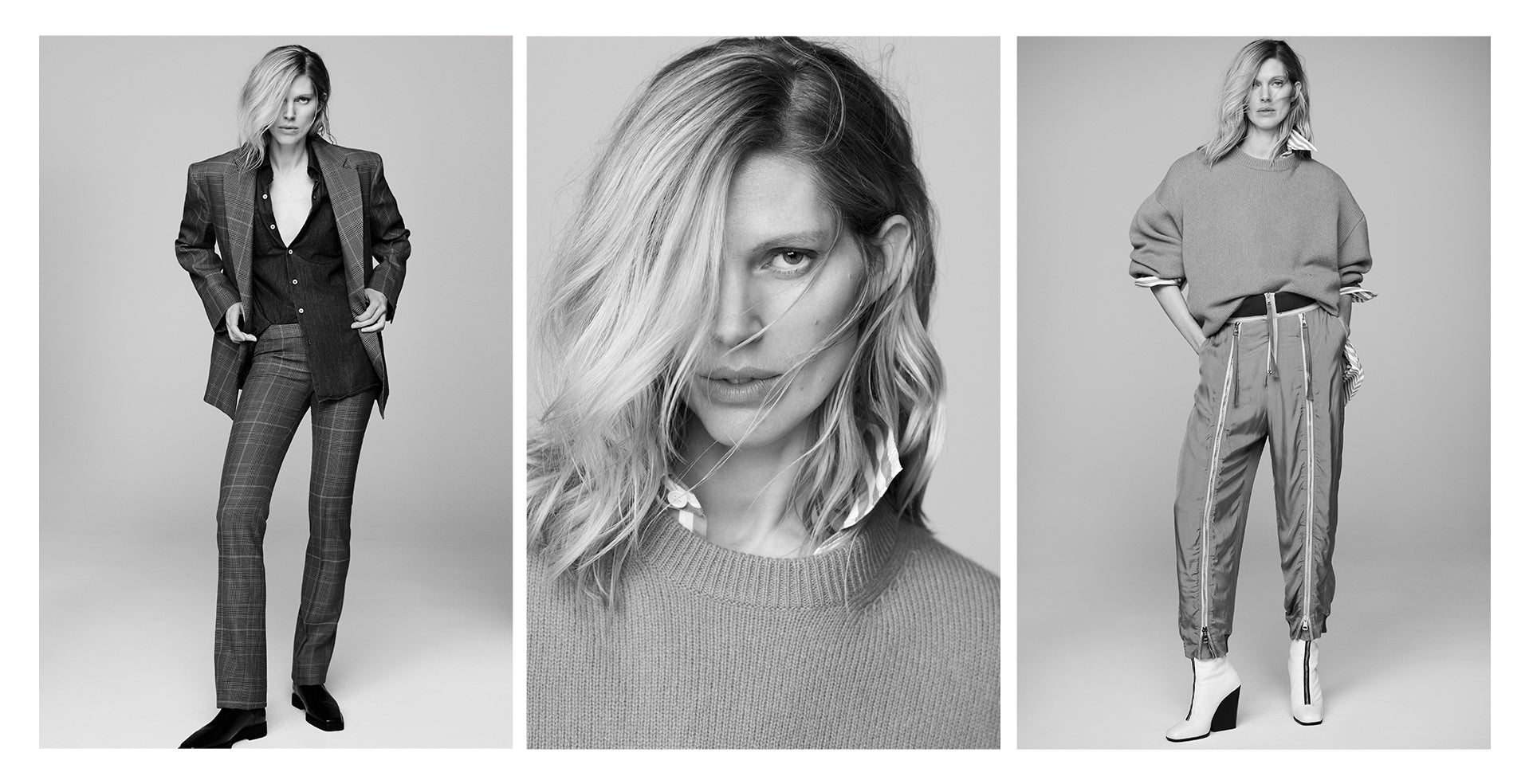
Somehow she and her husband Anders juggle their multiple jobs and their children as best they can. As in most Scandinavian countries, Norway has a flexible work culture designed to allow parents to pick up their children from school and balance home and work life. ‘We have kind of calendar situations in the house,’ she laughs. ‘We sort of patch things together.’ Fashion can be very tempting, she admits. ‘ You can make a lot of money. You can go on incredible trips. But I do turn down a lot of things that I would have liked to do, just because if I am to be serious about architecture I have to prioritise.
‘I'm not really into fashion, or trends,’ says Iselin. ‘But I'm into design. I think design is super interesting. If we compare it to the clothing industry, then there's one part which is mending great pieces, you know, to restore these cultural, listed buildings, for example.’ And there’s also the sustainability focus which is a more technical conversation around C02 emissions and energy - about making a building last and reusing parts of it where you can. The parallels with the fashion world are obvious, not just the importance of making clothes last by repairing them and respecting quality, the beautifully finished seam, or the cut of a jacket, but the infrastructure of the industry itself which, during Iselin’s career, has speeded up in terms of today’s hyper fast fashion and the impact it has on the environment. ‘ I worry about it ,’ she says, ‘ It’s disgusting. It's the same in the building industry. Something has to be done with economic incentives. Because people are always going to just do what is economically good for themselves. And maybe we shouldn't put the responsibility on the individual consumer so much, maybe it has to come from above.’
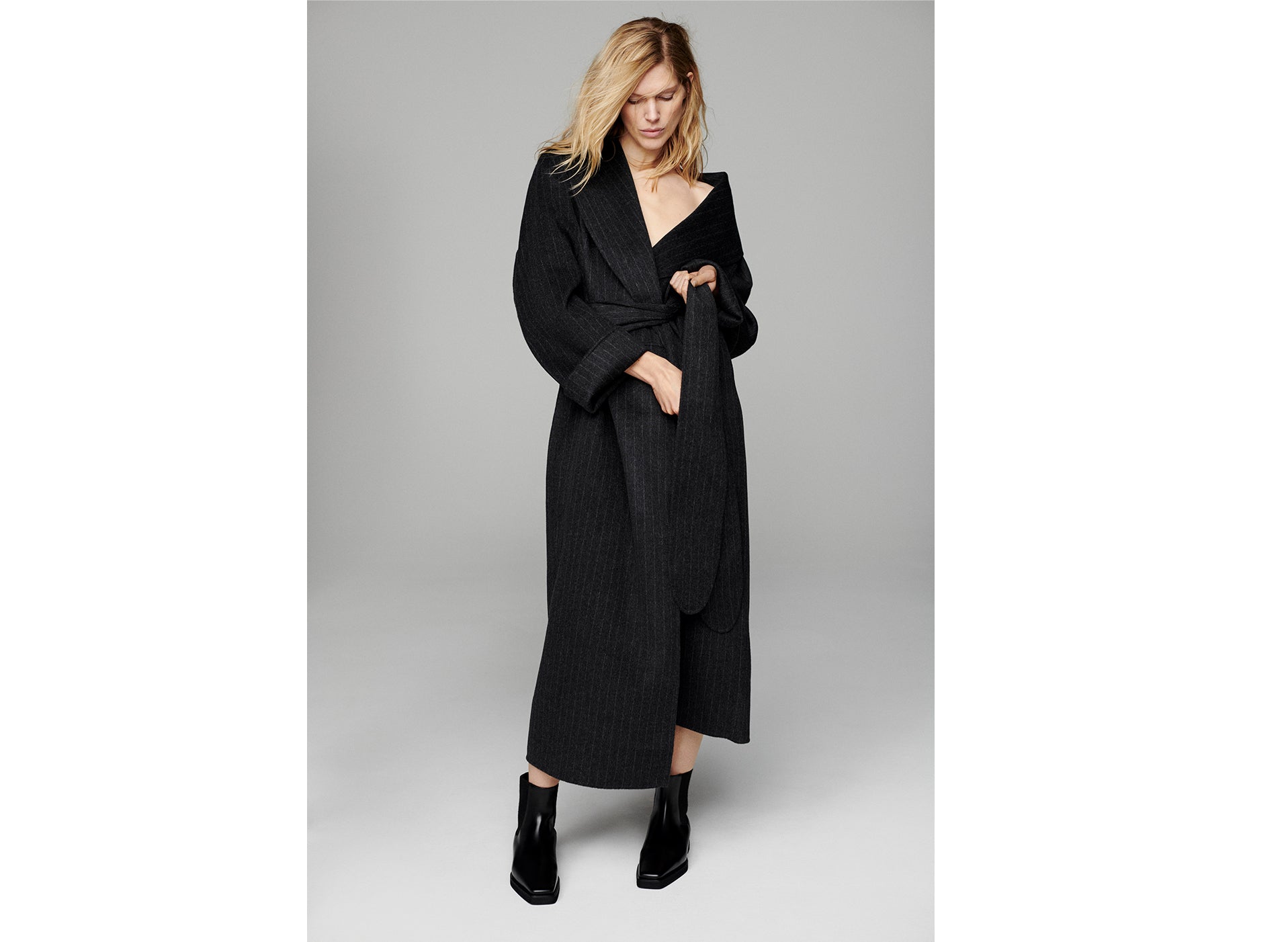
-
Vendor:Toteme x Relove
Dark Grey Pinstripe Robe Coat
Regular price £550.00Regular priceUnit price / per -
Vendor:Toteme x Relove
Toteme - The Ankle Boot in Black Leather
Regular price £450.00Regular priceUnit price / per
-
Vendor:Toteme x Relove
Camel Monogram Embroidery Knit (XS - XXS)
Regular price £260.00Regular priceUnit price / per -
Vendor:Stella McCartney
2023 Brown Check Preowned Single Breasted Suit (XS)
Regular price £400.00Regular priceUnit price / per
-
Vendor:Toteme x Relove
Dark Grey Pinstripe Robe Coat
Regular price £550.00Regular priceUnit price / per -
Vendor:Toteme x Relove
Toteme - The Ankle Boot in Black Leather
Regular price £450.00Regular priceUnit price / per
-
Vendor:Toteme x Relove
Camel Monogram Embroidery Knit (XS - XXS)
Regular price £260.00Regular priceUnit price / per -
Vendor:Stella McCartney
2023 Brown Check Preowned Single Breasted Suit (XS)
Regular price £400.00Regular priceUnit price / per
Iselin’s childhood, growing up in the north of Norway in Harstad, 300km north of the Arctic Circle, where the main industry was fishing and there wasn’t much else to do - especially in the winter when there are long, dark days. ‘We were very outdoorsy people. You go on hikes at the weekend. You go pick mushrooms, foraging - all kinds of foraging - fishing, boats…’ Still, Iselin loves nothing more than to go cross country skiing and her house looks out over the unspoilt hills of Oslo. And while her move to New York as a teenager opened up a whole new way of life, the pollution and wastefulness of the fashion industry is at odds with her own environment.
‘It wasn't until after I had my first child, I had sort of an awakening around those things,’ she says. She didn’t work for any fast fashion brands for five years, and only agreed when it was to promote a sustainable collection. It's still fast but maybe it's kind of a good thing to keep saying no, and then only yes to something that is at least pushing in the right direction.’
As she says, she isn’t interested in trends and makes conscious decisions about the clothes she buys.’ My personal style is relaxed I guess, but then maybe a little bit masculine also. Now that I turn 40 next year, I've started to think when I buy something, will I like this when I'm 60? So I'm thinking much more of a long term thing and I try in general to just not buy it. It’s about trying to live more simply to have a wardrobe that is sort of small but great. That's what I'm thinking now.’
-
PRODUCT
We believe that clothes, like us, should have as long and varied life as possible.
-
PEOPLE
We are part of a network of amazing women who are trying to do something for the greater good
-
PACKAGING
We only use compostable, 100% FSC certified recycled paper.
-
POSITIVE IMPACT
As a community, our aim is to redress consumption and bring back a culture of care.
- Choosing a selection results in a full page refresh.
- Opens in a new window.
